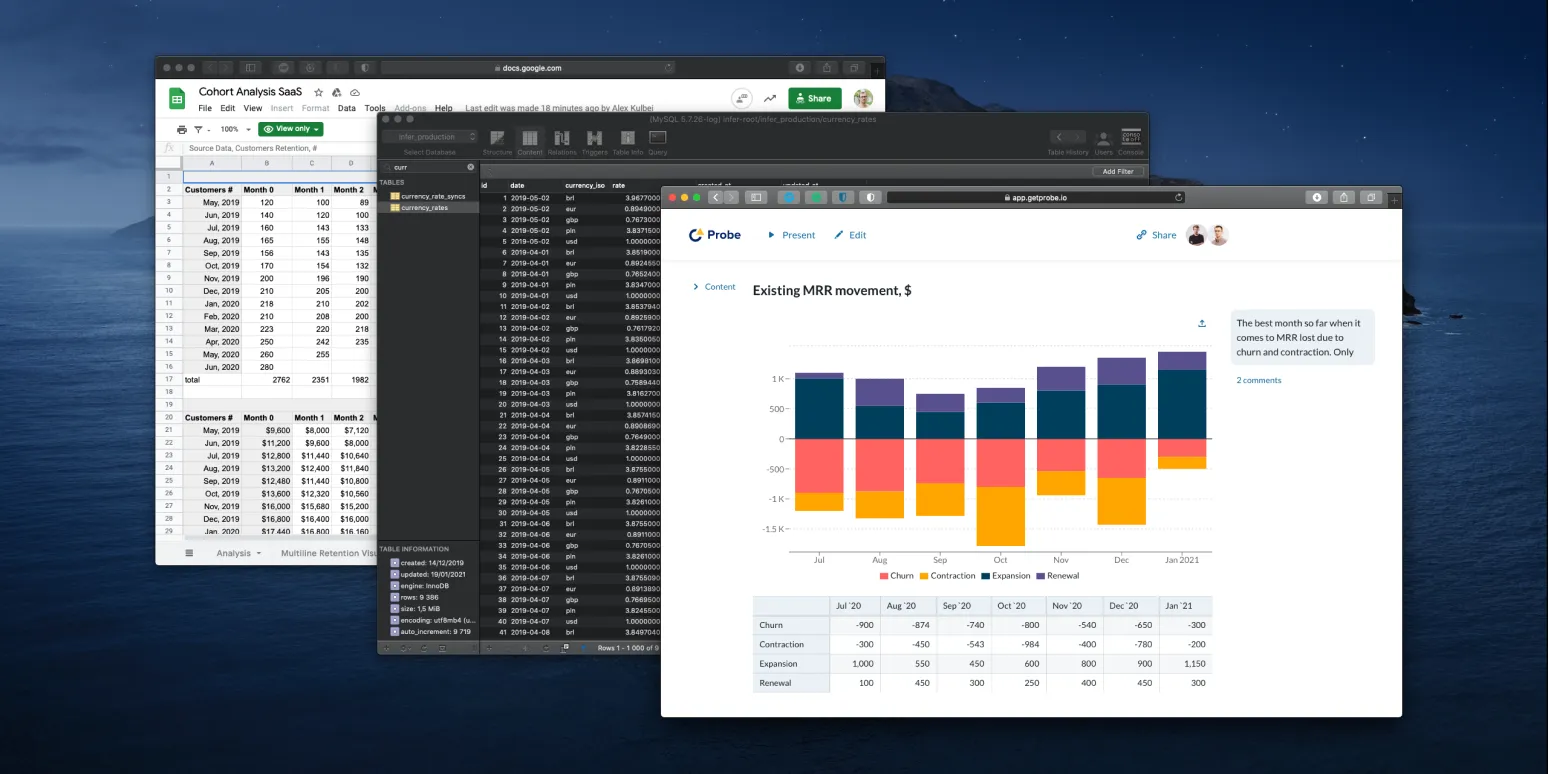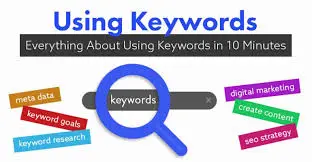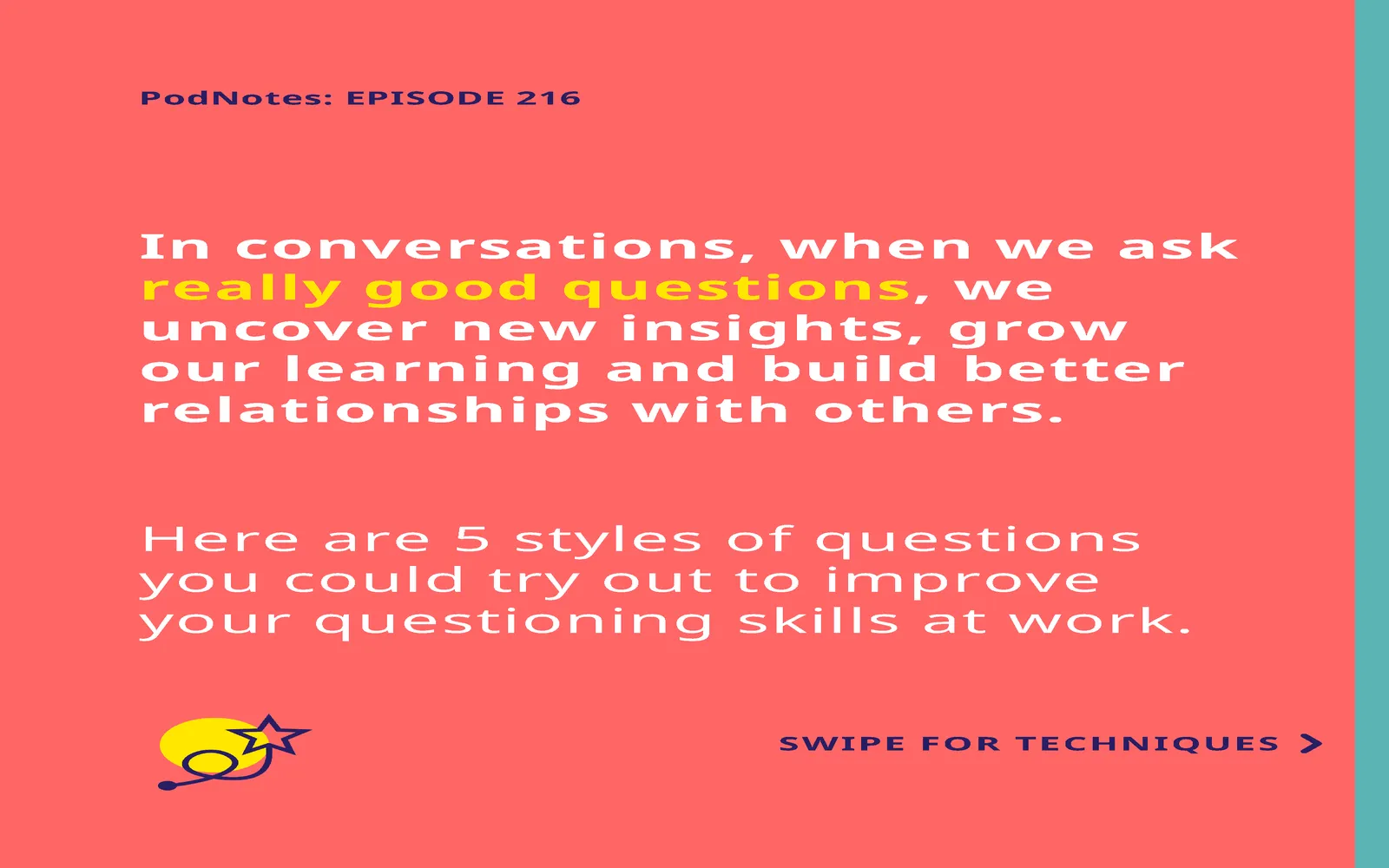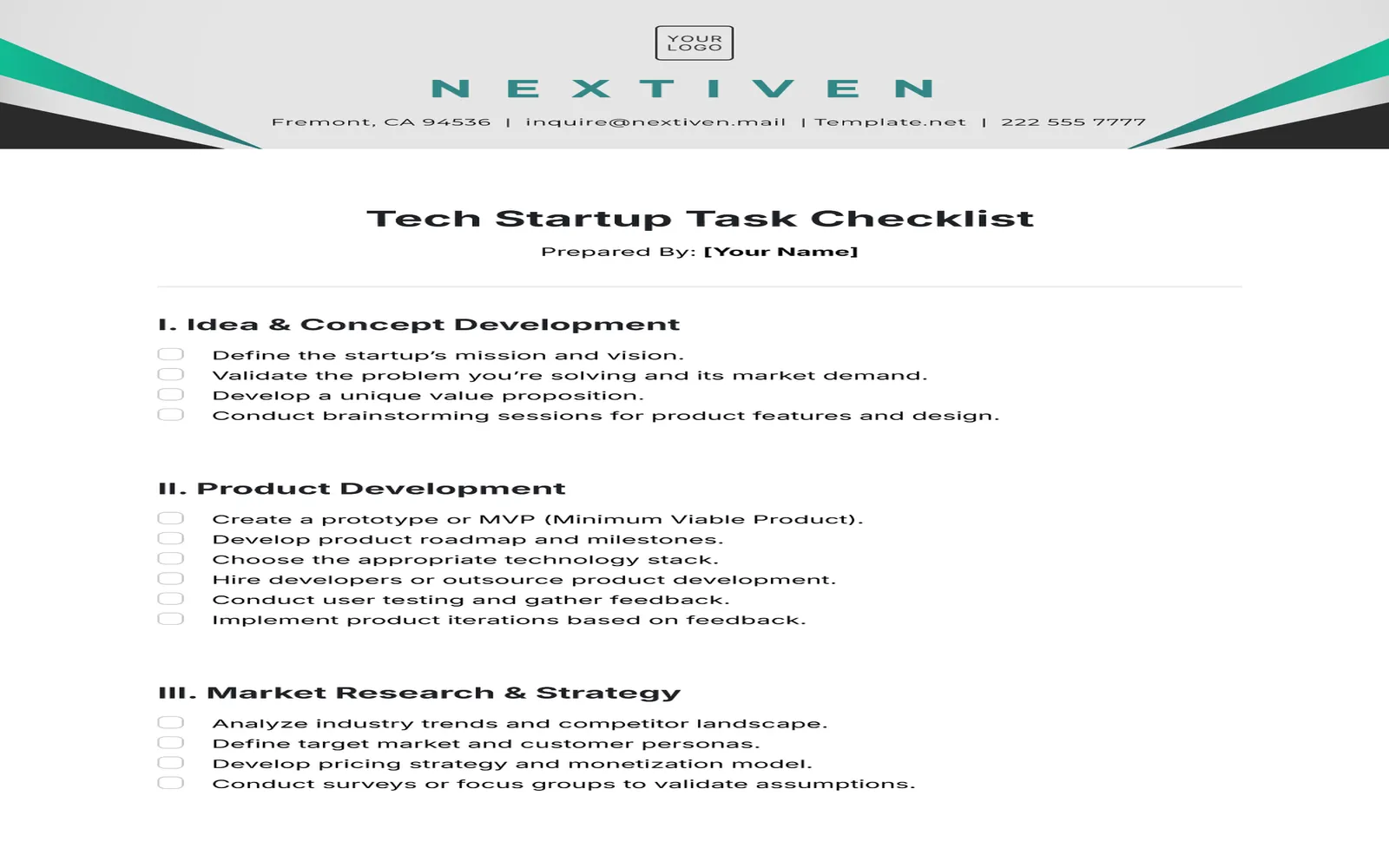Understanding Your Options: In-House Development vs. Buying a Solution
When it comes to enhancing your business capabilities, one of the critical decisions you face is whether to build a solution in-house or buy an existing one. This decision can significantly impact your company's efficiency, costs, and overall success. Let's explore the pros and cons of both approaches to help you make an informed decision.
Advantages of Building In-House Solutions
Building an in-house solution can offer several unique benefits that align perfectly with your business needs:
- Customization: An in-house solution allows you to tailor every aspect of the software to meet your specific requirements. You can develop features that are unique to your business processes and customer interactions.
- Control: When you build your own system, you have complete control over the development process, updates, and data security. You can prioritize what matters most to your organization.
- Integration: Custom solutions can be designed to integrate seamlessly with your existing systems, reducing friction and improving overall workflow.
Disadvantages of Building In-House Solutions
While there are many advantages, there are also significant challenges to consider:
- Time-Consuming: Building a solution from the ground up can take a considerable amount of time, delaying your ability to respond to market demands.
- Costly: The initial investment for development, maintenance, and staffing can be higher than purchasing a ready-made solution.
- Skill Gaps: You may need to hire specialized talent, which can be difficult to find and expensive to retain.
Advantages of Buying a Solution
On the other hand, purchasing a pre-built solution can also provide numerous benefits:
- Speed to Market: Buying a solution allows you to implement it quickly and start reaping the benefits almost immediately.
- Cost-Effective: Many off-the-shelf solutions come with a lower initial investment compared to building a custom solution.
- Support and Updates: Most vendors offer ongoing support, updates, and improvements, allowing you to focus on your core business activities.
Disadvantages of Buying a Solution
Despite its many advantages, buying a solution can also have downsides:
- Limited Customization: Off-the-shelf solutions may not fully meet your specific needs, forcing you to adapt your processes to fit the software.
- Vendor Lock-in: Relying on a third-party vendor can lead to challenges if they go out of business or change their pricing model.
- Integration Issues: Integrating a purchased solution with existing systems may require additional resources and time.
Making the Decision: Key Considerations
To determine whether to build in-house or buy a solution, consider the following factors:
| Factor | Build In-House | Buy a Solution |
|---|---|---|
| Customization Needs | High | Low to Moderate |
| Time Constraints | Long-term | Short-term |
| Budget | Higher Initial Costs | Lower Initial Costs |
| Control | Full Control | Limited Control |
| Ongoing Support | Internal Resources Required | Vendor Support Available |
Conclusion: Finding the Right Balance
Ultimately, the decision between building in-house or buying a solution depends on your specific business needs, budget, and long-term vision. If your organization has unique requirements and the resources to commit, an in-house solution may be the best path forward. However, if you need a quick, cost-effective solution with reliable support, purchasing an existing product could be the more prudent choice.
As you weigh your options, consider consulting with stakeholders across your organization to gather insights and ensure alignment with your overall business strategy. Whether you choose to build or buy, the right decision should enable your company to thrive in an increasingly competitive landscape.





